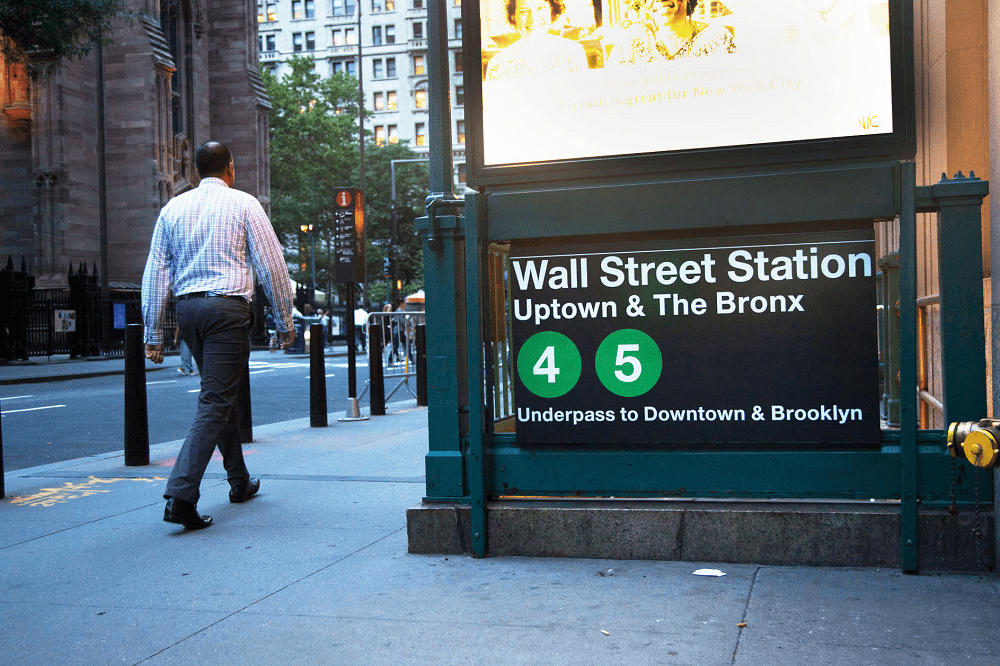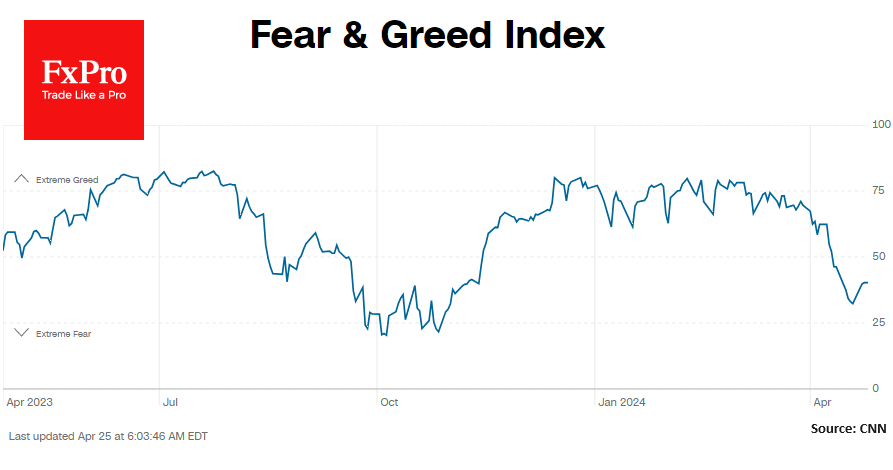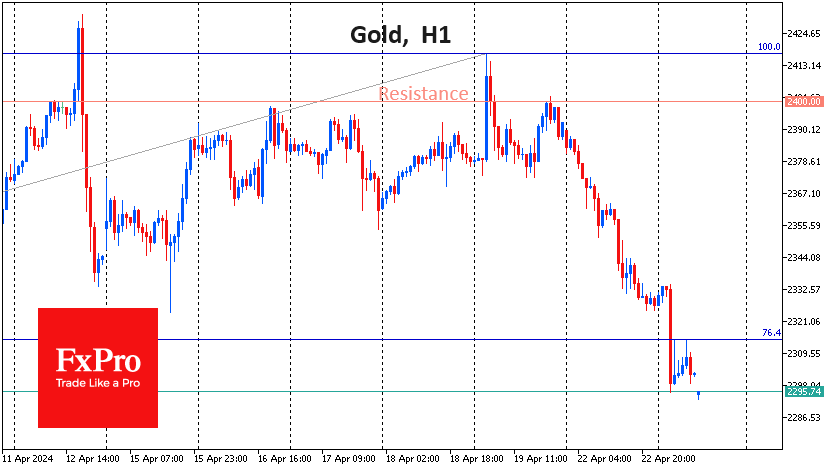S&P 500 gives up earlier gains, falls into the red led by Apple and Amazon
August 27, 2020 @ 21:14 +03:00
U.S. stocks cut their earlier gains in volatile trading Thursday after the Federal Reserve unveiled a new framework that could keep interest rates lower for a longer period of time.

The S&P 500 was down 0.2% after briefly topping 3,500 for the first time. The Nasdaq Composite traded 0.7% lower. The Dow Jones Industrial Average was well off its session high, trading 82 points higher, or 0.3%. Earlier in the day, the Dow erased its 2020 losses.
The major averages got a boost to start the session after Fed Chairman Jerome Powell said the central bank formally agreed to a policy of “average inflation targeting.” In other words, the central bank will let inflation run “moderately” above its 2% goal for “some time.”
The central bank has for years tried to keep inflation at 2%, a rate of price increase that policymakers consider both manageable and indicative of a healthy economy. But ever since the financial crisis, inflation in the U.S. has more often than not lagged the Fed’s target.
Powell also hinted that unemployment data can stay lower for longer before the Fed starts thinking about raising rates. This led to a decline in short-term yields and gains along the long end of the yield curve.
Bank stocks rose broadly. Citigroup gained 1.5%. JPMorgan Chase, Bank of America and Wells Fargo were all up more than 1.8%. The benchmark 10-year rate climbed to 0.72% and the 30-year bond yield advanced to 1.46%.
Those bank gains were offset as Big Tech shares fell across the board. Facebook and Netflix dropped 3.5% and 4.2%, respectively. Amazon, Alphabet and Apple were all down more than 1%.
The Cboe Volatility Index (VIX), widely considered to be the best “fear gauge” on Wall Street, rose by 3.45 points to over 26 and hit is highest level since Aug. 3.
Investors also pored through fresh economic data to gauge the health of the economy. The Labor Department said Wednesday the number of Americans who filed for unemployment benefits for the first time totaled 1 million last week, in line with expectations. It marked the second consecutive week that weekly jobless claims tallied more than 1 million.
Meanwhile, second-quarter GDP was revised to a 31.7% decline, versus a 32.5% drop estimated. The initial reading on July 30 showed a 32.9% fall in economic activity. While the latest reading is slightly better, it still marks the largest quarterly plunge on record.
The prospect of continued stimulative policy could help push the major market indexes to new record highs, a feat both the Nasdaq Composite and S&P 500 clinched on Wednesday.
S&P 500 gives up earlier gains, falls into the red led by Apple and Amazon, CNBC, Aug 27







